Saving a rodent of unusual size
National Coastal Wetlands Conservation Grant Program
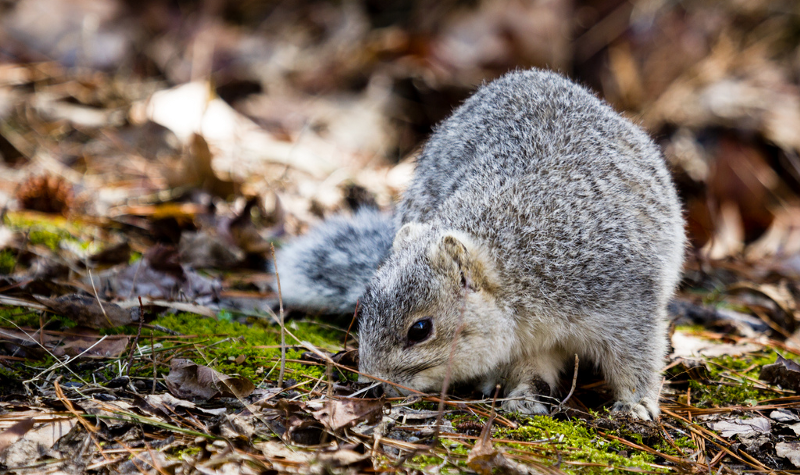
In December 2015, the U.S. Fish and Wildlife Service removed the Delmarva fox squirrel from the threatened and endangered species list. Their recovery was due in large part to private landowners because more than 80% of the squirrel’s habitat occurs on private lands.
“The recovery of the fox squirrel is a great example of how private landowners and state and federal governments can work together to balance the conservation needs of an endangered species and the needs of communities and landowners.”
— Charisa Morris, Chief of Staff for the U.S. Fish and Wildlife Service (and former fox squirrel biologist)
One of the first animals to be included on the endangered species list, the fox squirrel’s decline to 10% of their historical numbers was due primarily to habitat loss. Their recovery plan focused on habitat restoration and protection and squirrel reintroductions.

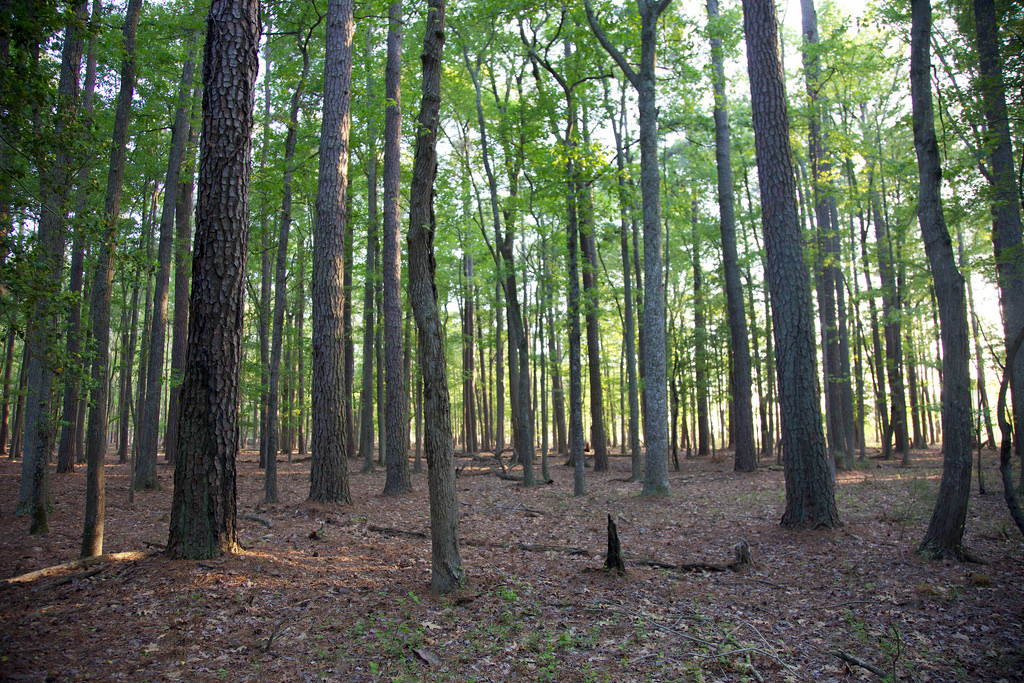
Private Land Conservation
In 2012, two private landowners on the Eastern Shores of Maryland partnered with the Maryland Department of Natural Resources and the U.S. Fish and Wildlife Service to conserve fox squirrel habitats along the Chicamacomico River, near Blackwater National Wildlife Refuge. As avid hunters, the landowners understand the connection between habitat and wildlife.
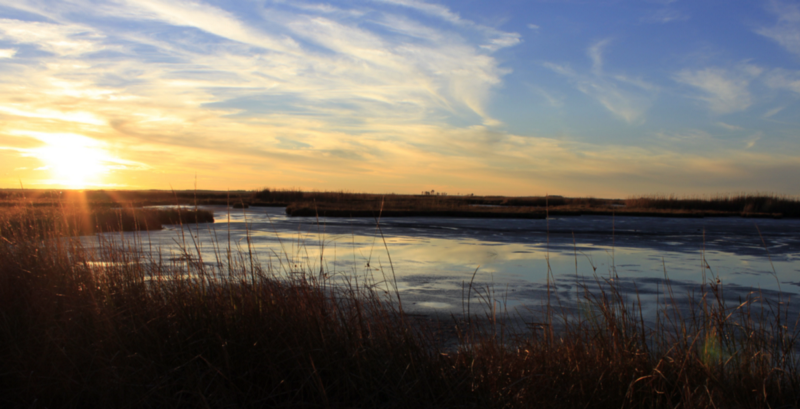
Their appreciation of wildlife is reflected in their property management, which balances farming and diverse wildlife habitats. The landowners also placed their properties in a conservation easement held by the State of Maryland, which allows the landowners to preserve farming and hunting traditions and conserve wildlife habitat for many years to come.
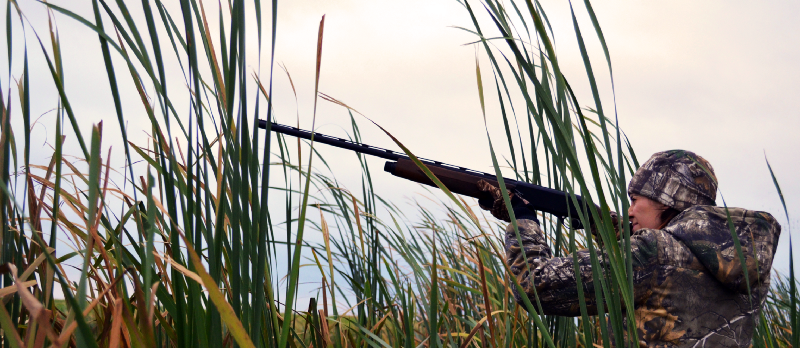
The State of Maryland purchased the conservation easement and the proceeds from the sale were used by the landowners to improve farming practices and conserve more wildlife and hunting habitats.

National Coastal Wetlands Conservation Grant Program
The conservation easements permanently protects over 442 acres of salt marsh, wetlands, forests, and farmland. The landowners also supported restoration of forest buffer and forested wetlands.
The Chesapeake Bay Foundation worked with the landowners to restore 7 acres of forested riparian buffer that will benefit migratory birds, bald eagles, and Delmarva fox squirrels among other wildlife. The U.S. Fish and Wildlife Service’s Coastal Program worked with the landowners to restore an acre of rare habitat — Atlantic white cedar wetlands.

Purchase of these conservation easements was possible because of funds available through the National Coastal Wetlands Conservation Grant Program, which provides up to $1 million for projects that restore and/or protect coastal lands. The grant program is supported through the Sport Fish Restoration and Boating Trust Fund which is funded from the taxes paid on fishing equipment, recreational boats, and boat fuel
Since 1992, the National Coastal Wetland Conservation Grant Program has awarded over $400 million toward coastal habitat conservation. Annually, the number of projects funded varies; however, on average the grant program distributes $17 million.
“With over 60% of the land in the United States privately owned, citizen conservation is critical to achieving the mission of the U.S. Fish and Wildlife Service.”
— Dan Murphy, Coastal Program Biologist
Although the grant applicants are coastal and Great Lakes states and U.S. territories, organizations and private landowners have an instrumental role in the success of the grant applications and overall projects. In this case, the landowners approached the Coastal Program at Chesapeake Bay Field Office with the idea of conserving these important habitats.
Coastal Program
The Coastal Program works with communities to restore and protect habitats that are important to them by providing technical and financial assistance. The Coastal Program supported this project because it helped to recover an endangered species and improved habitat connectivity with state-protected lands. The project also improves coastal resiliency by attenuating flooding and buffering sea level rise.
“The initiative and environmental stewardship of the landowners, along with the support of the Coastal Program, has made this conservation success story possible.”
— Mark Belton, Secretary of the Maryland Department of Natural Resources
On behalf of the State of Maryland, the Coastal Program prepared the National Coastal Wetlands Conservation Grant Program application, which presented the ecological merits and financials of the project. The Coastal Program worked closely with the landowners and the State of Maryland to develop a conservation plan and easement conditions that met the needs of the landowners and the fox squirrel recovery. The project received nearly $1 million from the grant program toward the purchase of the easement.
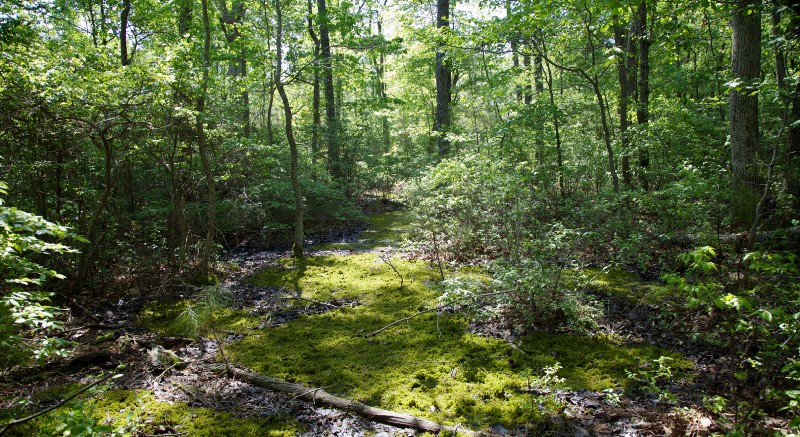

The Maryland Department of Natural Resources also contributed significant matching funds for the purchase of the conservation easement, appraisal, and other conveyance requirements. They also provided funds for the habitat restoration projects.
Making A Difference
Conservation efforts like this one have restored 28% of the fox squirrel’s historic range — a level that biologists believe can sustain the species. New populations have been found in Delaware indicating that the squirrels are continuing to reclaim more of their historic range.

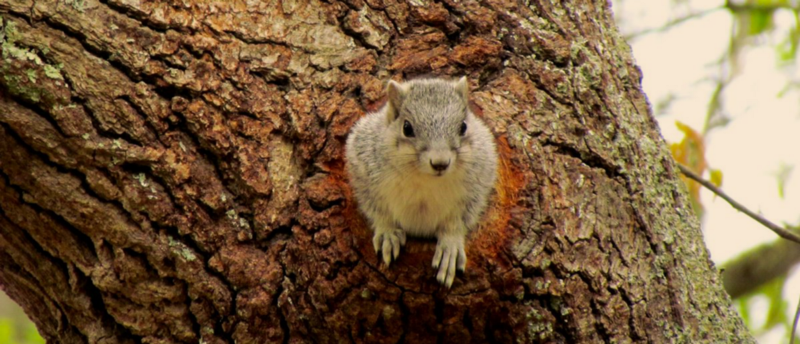
Do you have questions about the National Coastal Wetlands Conservation Grant Program? Learn more online, or contact your closest Coastal Program office. Or check out this webinar!
Chris Eng is a fish & wildlife biologist with the USFWS Coastal Program.
